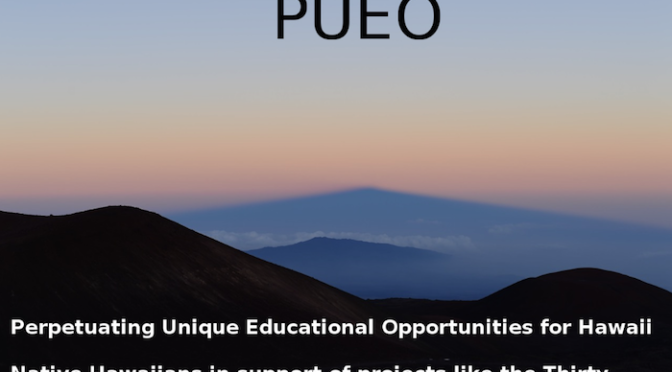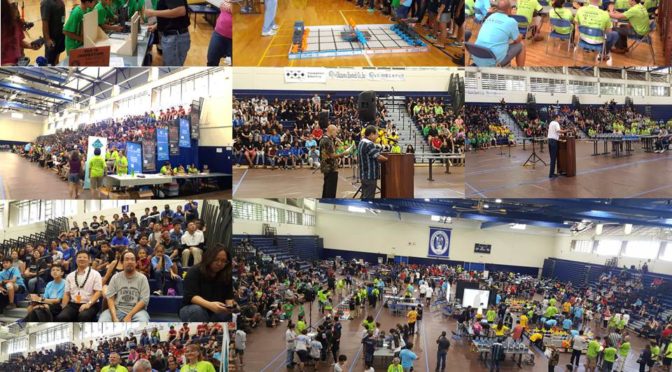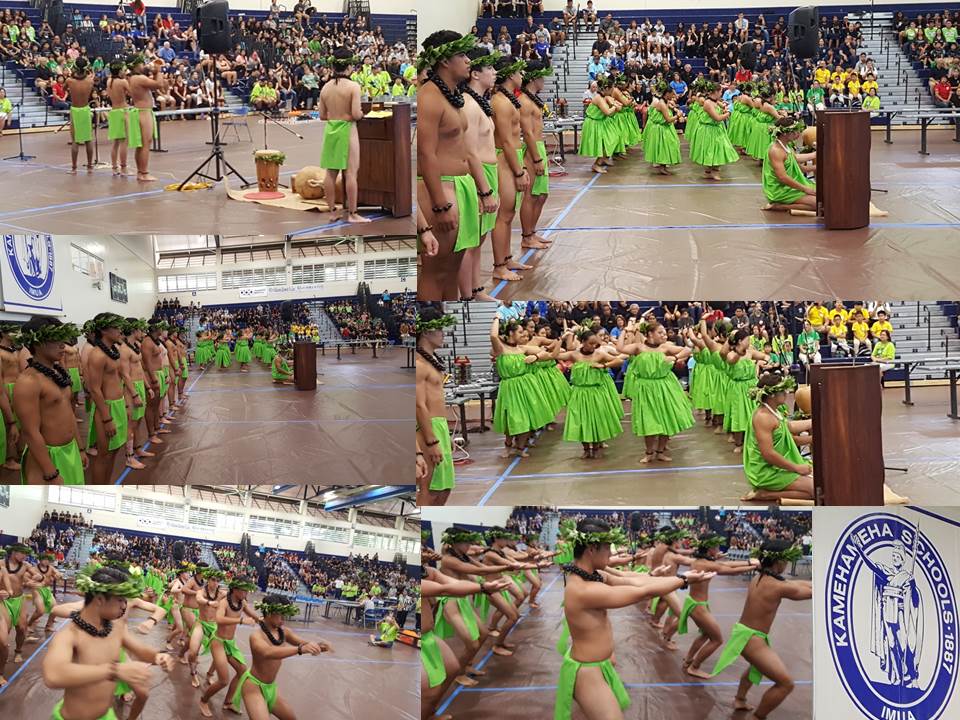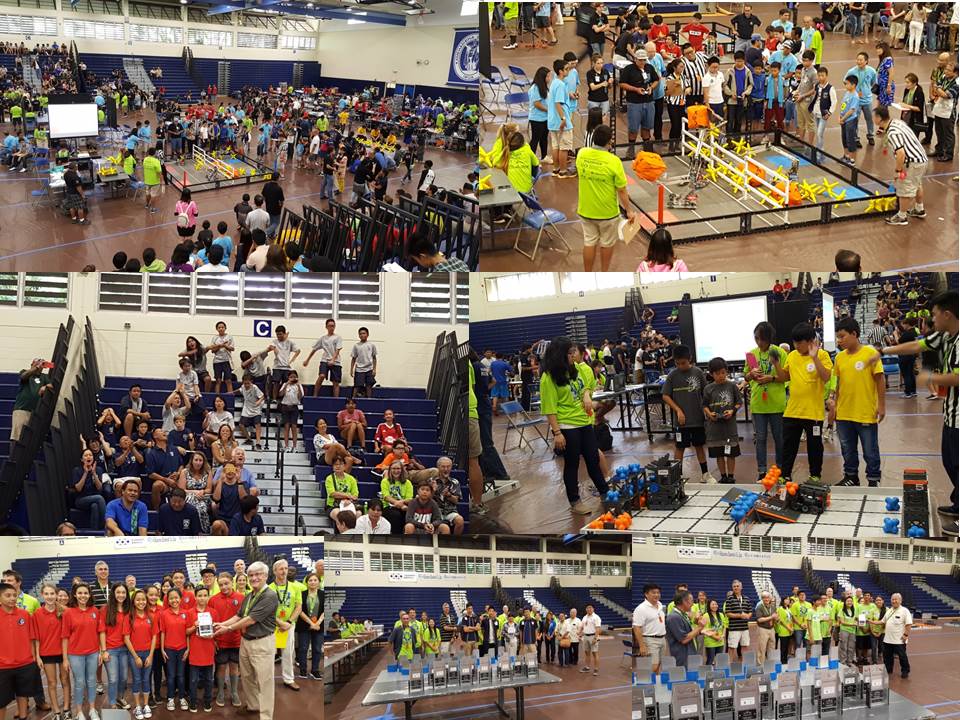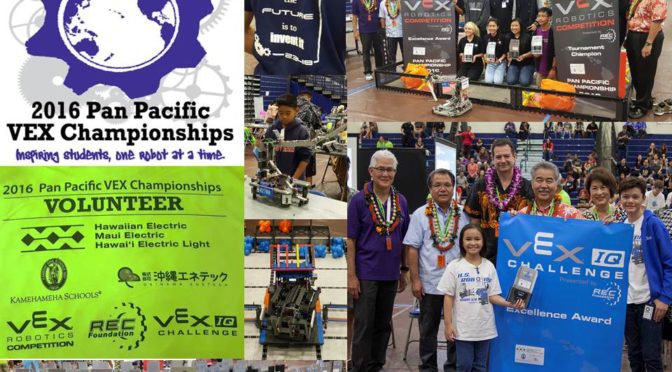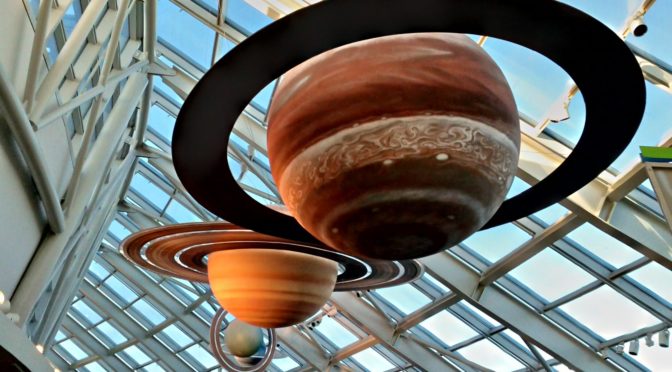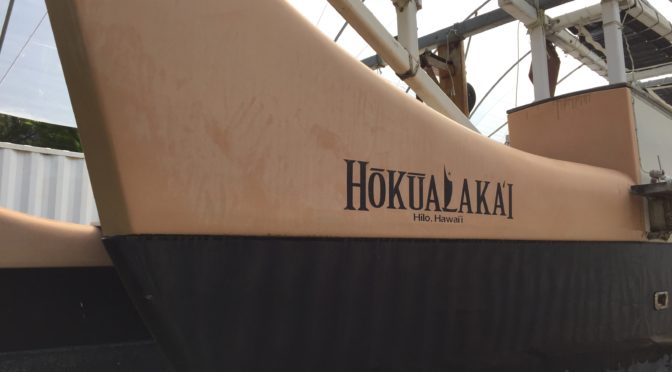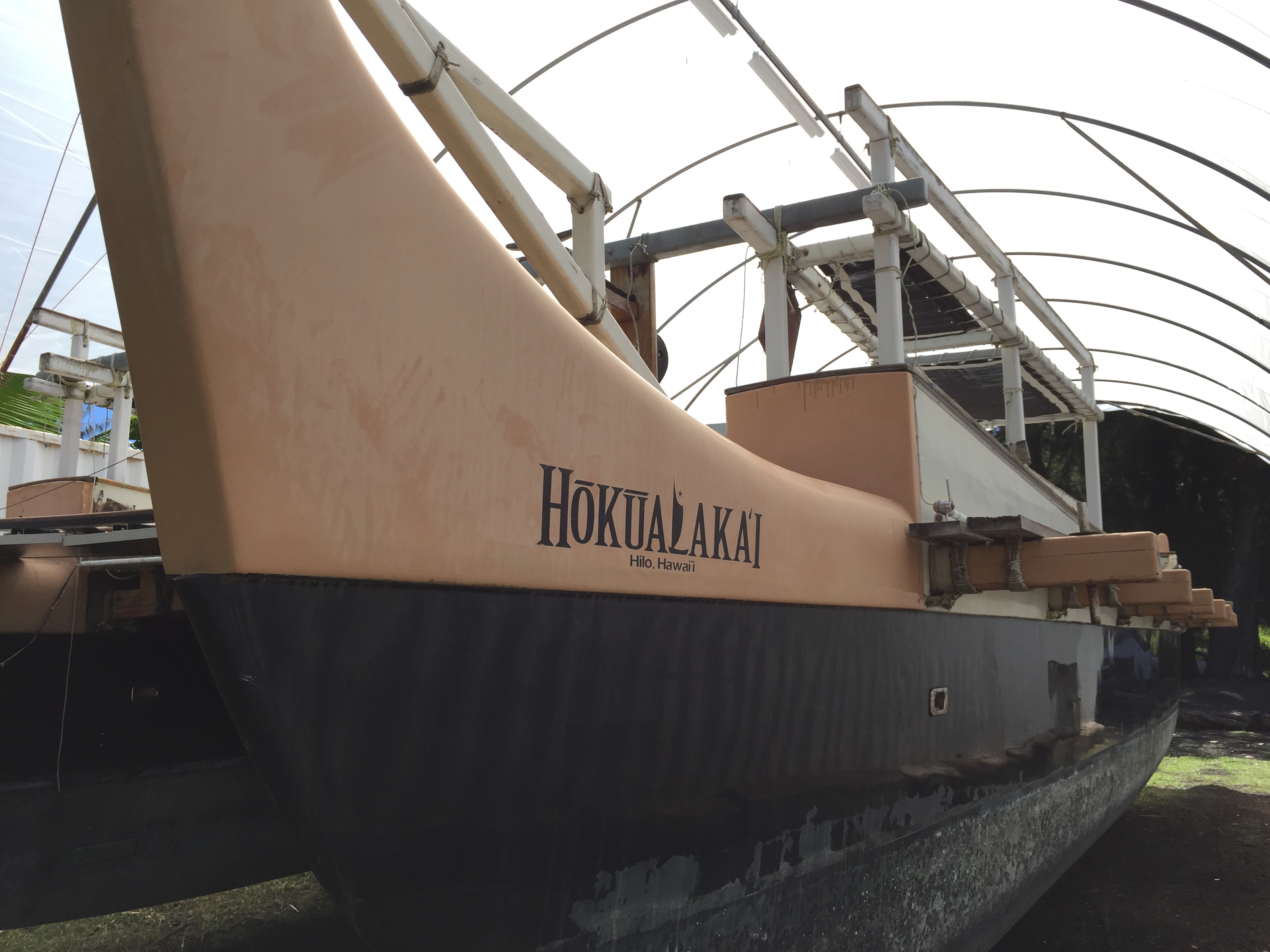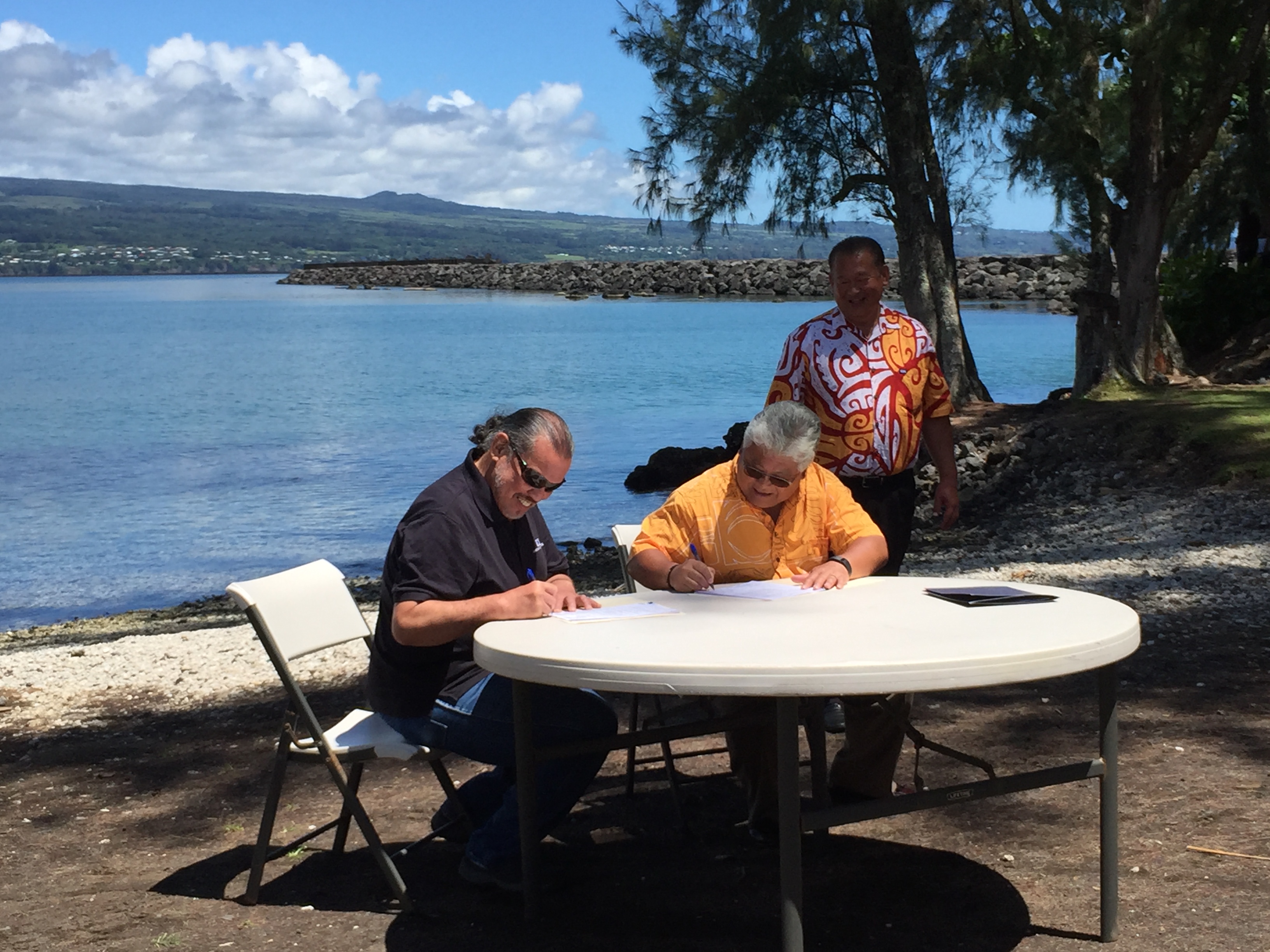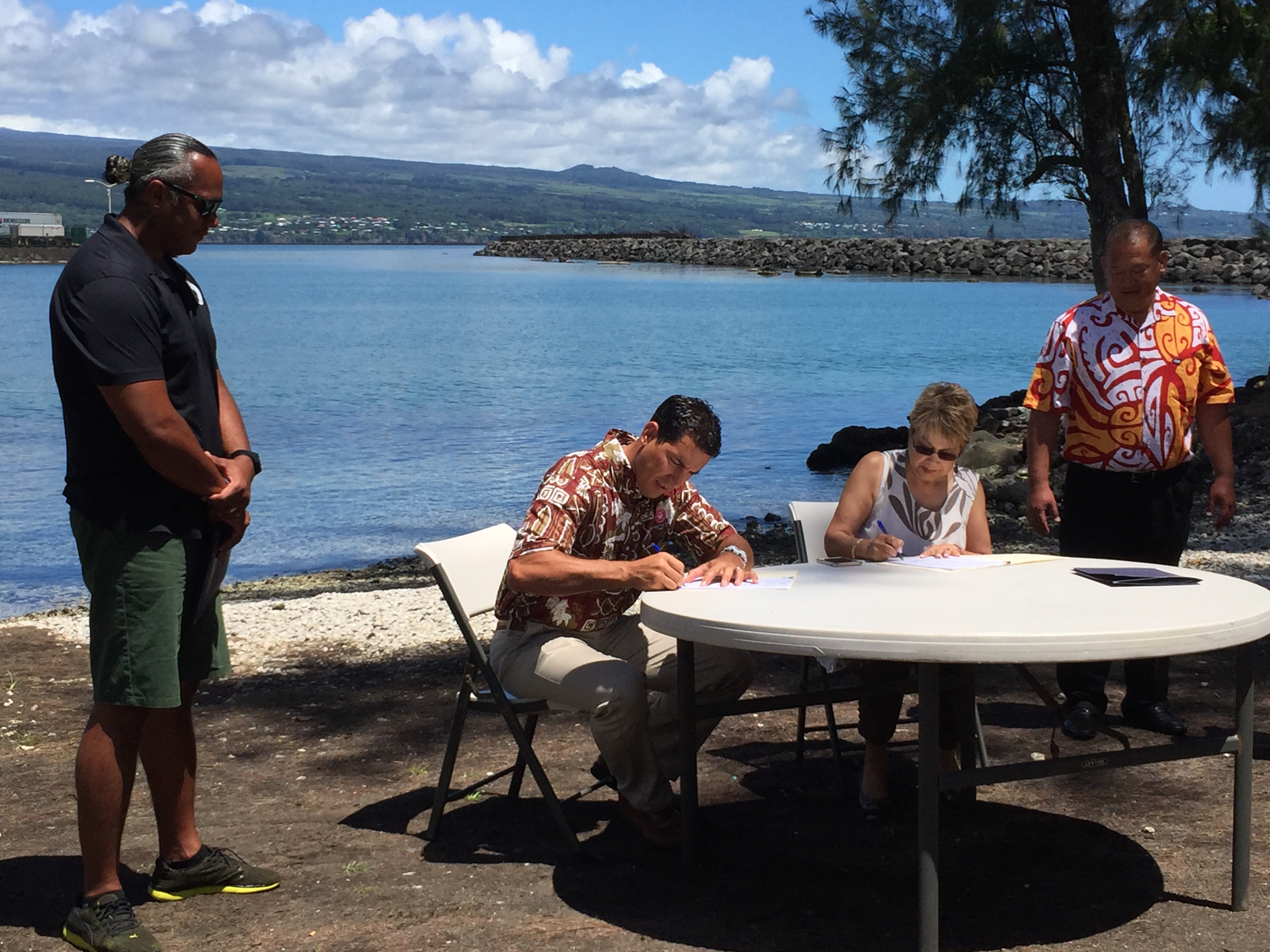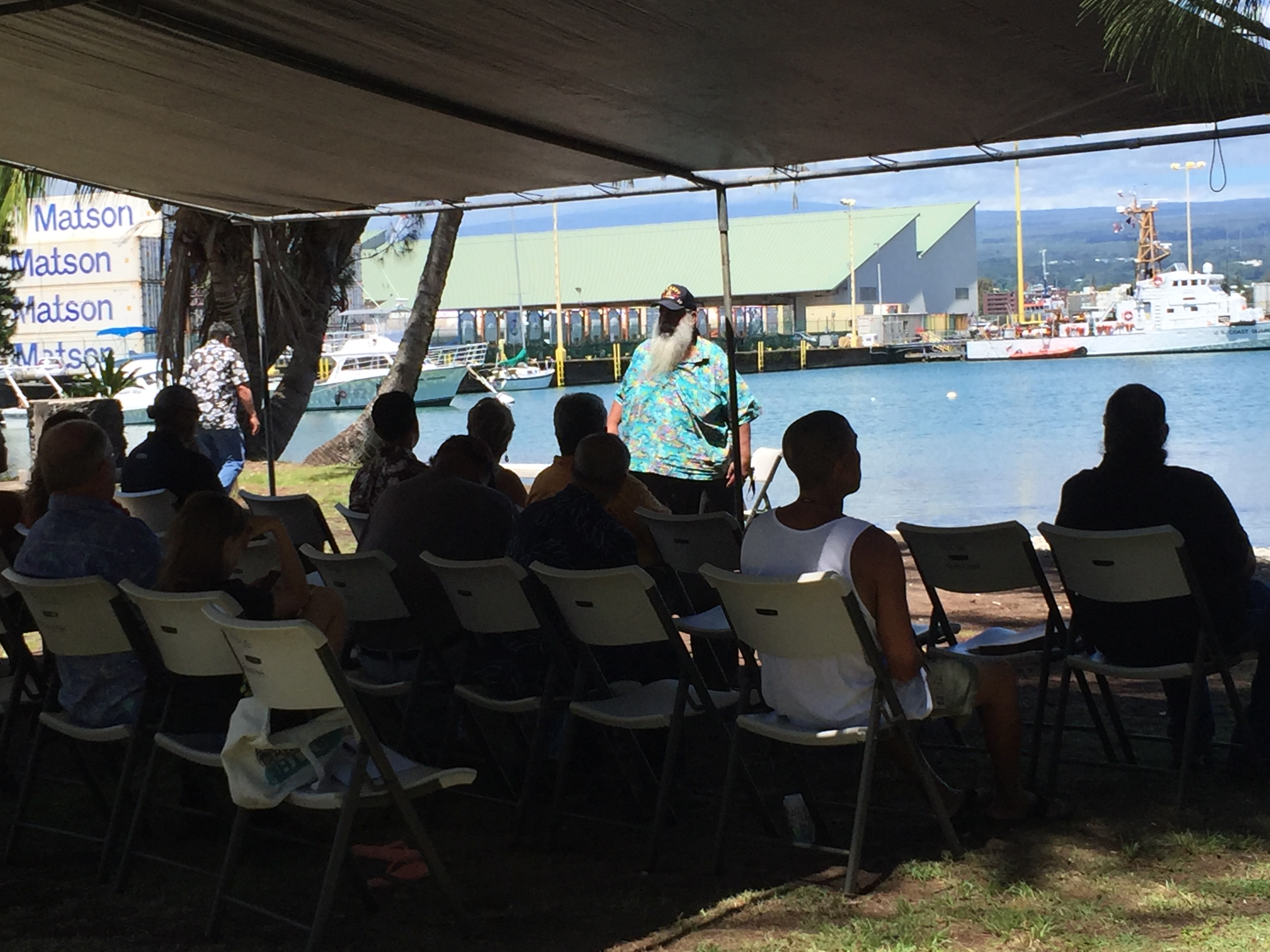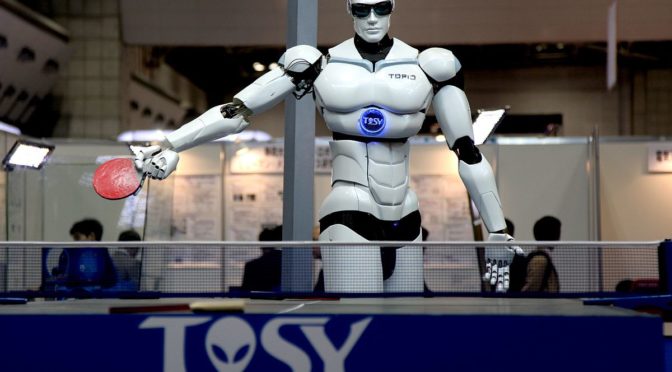Through their former attorney Richard Naiwieha Wurdeman, some of those who feel the Thirty Meter Telescope should not be built atop Mauna Kea suggest I helped form the pro TMT group PUEO, short for Perpetuating Unique Educational Opportunities, on the spot – that we just popped up out of nowhere.
You can read that in this Civil Beat article about the TMT Contested Case Hearing, which starts Tuesday.
From Civil Beat:
Apart from the TMT itself, the only intervenor that has taken a stance in favor of the TMT’s construction is a group calling itself PUEO, short for Perpetuating Unique Educational Opportunities, Inc. As described in its petition for standing, PUEO’s purposes “include furthering ‘educational opportunities for the children of Hawaii in the fields of science, technology, engineering, and mathematics.’ Its board members and beneficiaries include native Hawaiians that reside in the Keaukaha-Panaewa Hawaiian Homesteads located in Hilo, Hawaii. PUEO’s board members include native Hawaiians who seek knowledge and understanding and exercise customary and traditional native Hawaiian rights on Mauna Kea.”
The original petitioners have objected strenuously to PUEO’s admission as an intervenor. In a memorandum opposing Amano’s decision to admit PUEO, the original petitioners’ attorney, Wurdeman, claims that PUEO was formed for the sole purpose of intervening in the case.
“[G]iven the timing of its formation, the P.U.E.O., Inc., was obviously formed solely to try and participate in the contested case hearing and the Petitioners submit that such an attempt is clearly improper,” Wurdeman wrote.
The Reality
The truth, of course, is that I have been a very vocal supporter of the Thirty Meter Telescope for many years.
For years I’ve written at my blog and elsewhere about the Adopt-A-Class program. We formed that program to help kids in schools that cannot afford field trips. The program, which expanded after awhile to cover every class on the Big Island, paid for buses and admission to send students to ‘Imiloa Astronomy Center once a year, where they learned about the world-class science on Mauna Kea as well as our traditional Hawaiian culture. My first of many posts about Adopt-A-Class was nine years ago, in 2007:
My friend Duane Kanuha and I have this big idea, and we’re asking for your help: We want to send Keaukaha students on excursions that broaden their horizons and help them develop excitement for learning and positive attitudes about their place in the world. It’s my opinion that if Hawaiian kids are comfortable with their place in the world, they will not hesitate to participate in that world.
I’m specifically thinking about excursions to Hilo’s new astronomy center ‘Imiloa. ‘Imiloa is particularly powerful because it situates the Hawaiian culture and scientific knowledge in parity with the highest level of astronomy. It is a “discovery center” that celebrates both science (the world-class astronomy atop nearby Mauna Kea) and Hawaiian culture (including the marvels of traditional Hawaiian voyaging, navigation and much more).
It’s a place where Hawaiian kids see that there are careers and avocations directly related to their culture, and that these cultural traditions are important enough that they are celebrated in a world-class museum. And that the people pursuing these careers and passions are people who look just like them and their families.
I’ve written about Kumu Lehua Veincent asking me “What about the rest?” (of the students) since at least 2009, and many times since:
What I keep coming back to again and again is what Kumu Lehua Veincent told me the first time I asked him what the TMT should offer the Big Island as an introductory, good faith gift. I asked him if it would be appropriate to ask for “full ride” scholarships for at least five native Hawaiians to attend the best colleges in the nation.
He asked me, in a very sincere way, “And what about the rest?”
I felt so stupid that I could feel my ears getting hot.
That is the essential question: “What about the rest?” This is about the keiki, the future generations—all of them.
Three years later, University of Hawai‘i President McClain has announced that if the TMT comes to Hawai‘i, in addition to its other negotiations there will be an annual, $1 million benefit package for education emphasizing K-12. It will be effective for the life of the project—50 years—and will begin as soon as all the permits are in place.
It will be set up to address Kumu Lehua’s question: “What about the rest?”
The Process
The first time I wrote about Patrick Kahawaiola‘a, and what I learned from him about how important the process is as we talk about TMT, was also in 2009:
We talked story in the community a lot, and over and over we heard from Patrick Kahawaiola‘a, President of the Keaukaha Community Association, that the most important thing was “the process.”
And as we thought about this, we realized that if the process is most important, then all contributors to the process, no matter what side of the issue they are on, made for a better product. And so we always need to aloha the loud voices, too, who early on told us that things were not quite right. It was about us. All of us. Not me against you.
So when we had our first sign waving in support of the TMT, nearly 150 people showed up. We told everyone that we were meeting to celebrate the process and told them to bring their kids, and they did. It was very significant.
I also wrote about it six years ago in this 2010 post:
As we went around visiting people, Patrick Kahawaiola‘a, president of the Keaukaha Community Association, told me that it’s about “the process.” And since the process would result in the best possible result, we need to aloha everyone who participates in the process, no matter which side of the issue they are on. Therefore, we must mahalo Kealoha, Nelson, Debbie, Paul, Ku, Hanalei, the Kanaka Council, Jim, Cory, Moani and many others. We would not be here today had it not been for their passionate advocacy.
The whole state has noticed that we on the Big Island are doing this differently. Our approach is based on mutual respect, collaboration and trust. The TMT folks, led by Henry Yang, did it the right way. It would not have worked any other way.
And I’ve been writing about the TMT’s money for education, which became the THINK Fund, many times since 2009:
If we teach our keiki the values they need to make a society that is successful and thriving “when the boat no come,” we will have done our jobs. This $1 million that will be dedicated to keiki education annually is key to the survival of future generations. It is no longer about us – it is about the future generations.
We must learn and perpetuate what it was that allowed Hawaiians to survive for hundreds of years out in the middle of the ocean without boats coming in every day with goods from someplace else.
In the future, our values will need to revolve around aloha. We will need to assume responsibility—kuleana. We need to make more friends and stay closer to our families.
We live in the modern world, so how do we use what we have and meld it with the values that worked? We need to have a balance of science and culture in order for all of us to do what we do to help our greater society.
My Pop told me: “There are a thousand reasons why ‘No can.’ I only looking for one reason why ‘Can.’”
What it really all boils down to, as I wrote above, is the process. In the last six years or more, I’ve spoken and written about how it’s all about the process many, many times. If the process is pono, and we aloha everyone on all sides of the issue, then we’re good.
Let’s proceed with the process.

